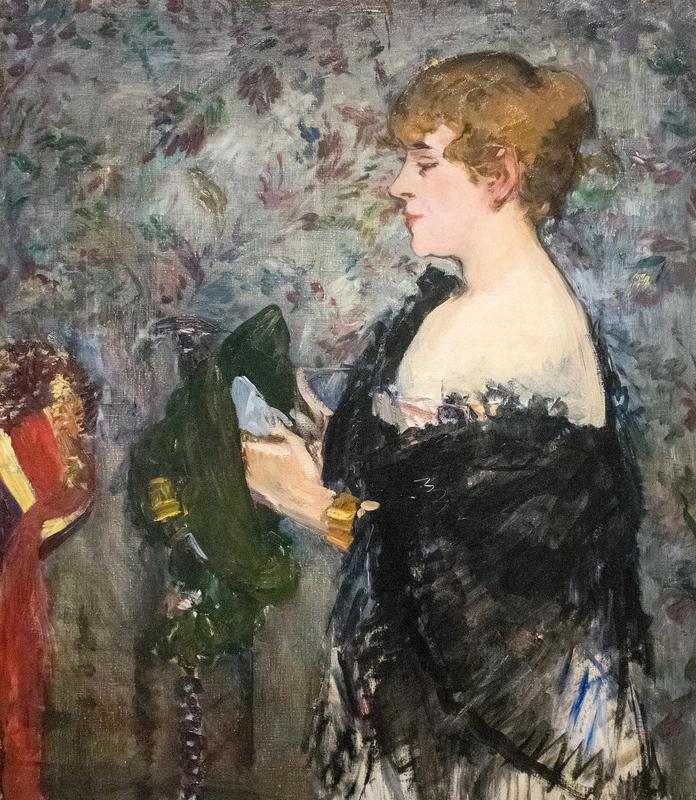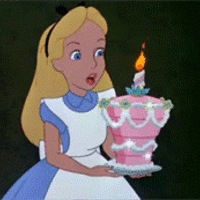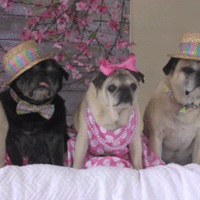More about The Milliner

Contributor
Manet’s At the Milliner’s is chic, a mite suggestive, and likely a bit of a fraud.
The hat trade was Paris’s favorite business in the late 19th to early 20th centuries, and impressionists like Pissarro and Manet took notice. Manet was so infatuated with women’s styles that critic Thoré said he valued, “A head no more than a slipper.” If Thoré was intimidated by Manet’s passion for fashion, he must have been downright horrified by Degas: millinery dominated twenty-seven of his works. Who can blame them? These hats were loud, proud, and more than a bit overbearing.
Like all the best artworks, At the Milliner’s has a sketchy past— no pun intended. Strapless tops were (shocker) not all the rage in the 1880s, and this bare shoulder would have been quite the scandal in a hat shop. Although some propose Manet painted a woman at home, others question whether the millinery shop pictured was also a brothel. Quite a shocking proposal for a painting from the 1880s— but there’s little we’d put past the man who stirred things up with Luncheon on the Grass and Olympia.
The work’s scandal doesn’t end with its setting. Manet left At the Milliner’s, painted just a couple years before his death, unfinished in his studio. After his passing, his wife Suzanne adopted a shady pastime that calls to question the work’s authenticity. Apparently enticed by the big bucks she stood to gain, Suzanne allowed seedy dealers to have multiple Manet paintings altered to raise their value, authenticating the finished products herself. Irregularities in this painting, especially around the head, make audiences wonder just how finished At the Milliner’s really was. Is what we see here the unadulterated product of a master impressionist, or his unwitting collaboration in a family plot to profit?
Sources
- “Degas, Impressionism, and the Paris Millinery Trade.” Legion of Honor. 2017. Accessed June 11, 2017. https://legionofhonor.famsf.org/degas-impressionism-and-paris-millinery….
- “FRAME|WORK: At the Milliner's by Édouard Manet.” Fine Arts Museums of San Francisco. Accessed June 11, 2017. https://www.famsf.org/blog/framework-milliners-douard-manet.
- “Hats in Impressionist Art.” CBS News. April 15, 2017. Accessed June 11, 2017. http://www.cbsnews.com/search/?q=hats+in+impressionist+art.
- "Manet and Mallarmé." Philadelphia Museum of Art Bulletin 62, no. 293 (1967): 213-34. doi:10.2307/3795193.
- The Metropolitan Museum of Art. Manet, 1832-1883. New York: Harry N. Abrams, 1983. Accessed June 11, 2017. https://books.google.com/books?id=sjSya-h9TYQC&lpg=PP1&dq=Manet%2C%2018…
- Meyers, Jeffrey. Impressionist Quartet: The Intimate Genius of Manet and Morisot, Degas and Cassat. Harpenden: Southbank Publishing, 2016. Accessed June 11, 2017. https://books.google.com/books?id=amDoDQAAQBAJ&lpg=PT35&dq=manet%20vict…













